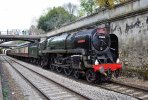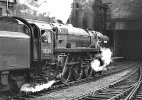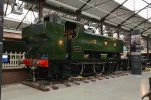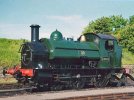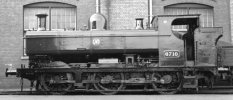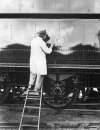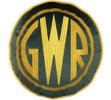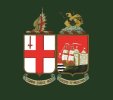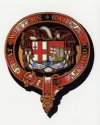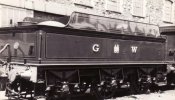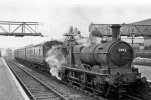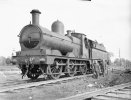What type of locomotive is a 'Jinty' and what were they used for ?
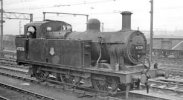
The term 'Jinty' refers to a specific type of
steam locomotive that was commonly used in the United Kingdom. Officially known as the Fowler 3F Class, the Jinty locomotives were a class of small, tank engines that were designed for shunting and local freight duties. They were primarily used on industrial and suburban railway lines.
The
Jinty locomotives were built by the London, Midland and Scottish Railway (LMS) between 1924 and 1931. They were given the nickname 'Jinty' due to their resemblance to a cartoon character called 'Ginny Jinty' that appeared in a popular comic strip at the time.
These locomotives had a 0-6-0 wheel arrangement, which means they had six driving wheels and no leading or trailing wheels. They were equipped with a
small water tank and coal bunker, allowing them to operate without the need for a separate tender.
The
Jinty locomotives were known for their versatility and reliability. They were well-suited for shunting duties, which involved moving wagons and carriages around in
railway yards. They were also used for short-distance freight hauling, such as delivering goods to local industries and businesses.
Due to their compact size and good acceleration, Jinty
locomotives were often used on suburban
passenger services as well. They were capable of pulling a few carriages and were particularly useful on routes with frequent stops and short distances between stations.
The Jinty locomotives were a common sight on many
railway lines in the UK during the mid-20th century. However, with the decline of
steam traction and the advent of diesel and electric locomotives, the
Jinty class gradually became obsolete. Over 400 Jinty locomotives were produced and at least 9 have been preserved and can still be seen in collections or in operation on heritage railways today.


